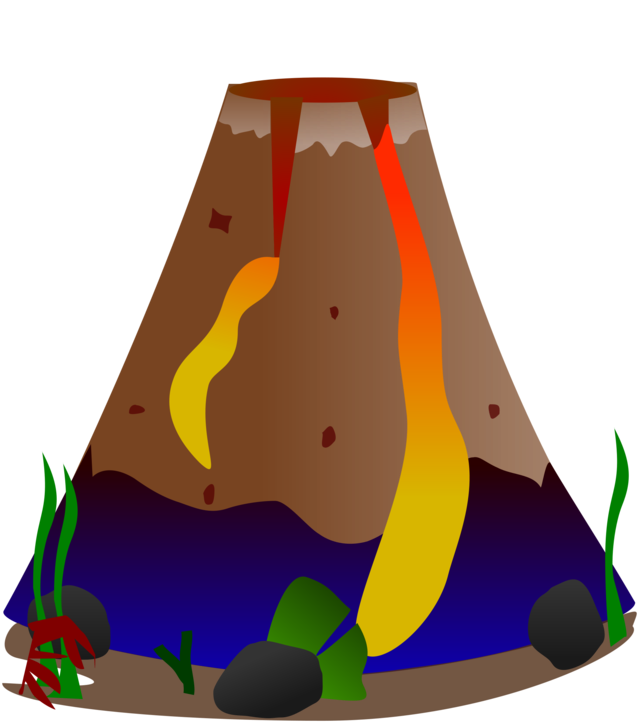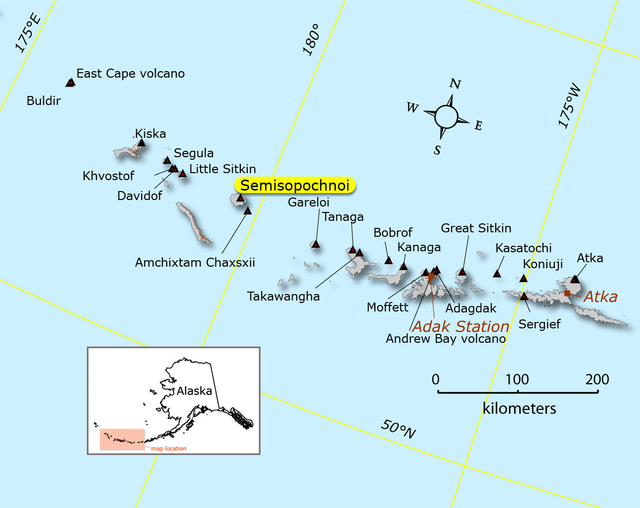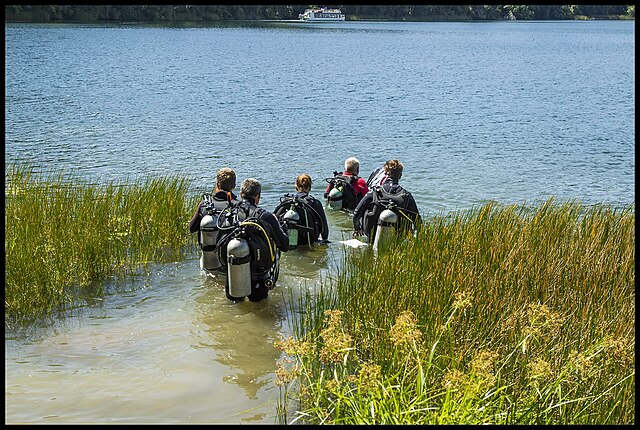Fascinating Underwater Volcanoes Facts for Kids (2024 Updated)
Have you ever wondered what lies beneath the surface of the ocean?
Did you know that there are volcanoes underwater?
These incredible natural wonders are called underwater volcanoes, and they are just as fascinating as the ones we see on land.
Let’s dive into the world of underwater volcanoes and explore some amazing facts that will leave you in awe.
1. Underwater Volcanoes are Formed by Tectonic Activity
Underwater volcanoes, also known as submarine volcanoes, are formed by the movement of tectonic plates. The Earth’s outer shell is divided into several large and small tectonic plates that float on the semi-fluid asthenosphere beneath them.
When these plates move, they can collide, move apart, or slide past each other. When plates move apart, magma from the mantle can rise and create new crust, forming underwater volcanoes along the mid-ocean ridges. When plates collide, one plate can be forced beneath the other in a process called subduction, forming deep-sea trenches and volcanic arcs.
2. They Can Create New Land
When underwater volcanoes erupt, they release lava that cools and solidifies to form new land. Over time, multiple eruptions can build up enough material to create islands or even entire underwater mountain ranges.
These new landforms become habitats for various marine creatures, contributing to the diversity of life in the ocean. Some famous examples of islands formed by underwater volcanoes include the Hawaiian Islands and the islands of Iceland.
3. Underwater Volcanoes are Home to Unique Life Forms
The extreme conditions near underwater volcanoes, such as high pressure, darkness, and the presence of minerals, create a unique environment home to specialized marine life. These organisms have adapted to thrive in this harsh environment, and scientists continue discovering new species around underwater volcanoes.
Hydrothermal vents, which are openings in the seafloor near underwater volcanoes, release mineral-rich water heated by volcanic activity. These vents support ecosystems of organisms not dependent on sunlight for energy and are known as chemosynthetic organisms.
4. They Can Cause Tsunamis
Eruptions of underwater volcanoes can sometimes cause tsunamis, which are large waves that can travel across entire oceans. When an eruption occurs near the ocean’s surface, it can displace a massive amount of water, forming a tsunami.
These powerful waves can cause widespread destruction when they reach coastal areas. The 1883 eruption of Krakatoa, an underwater volcano in Indonesia, is one of the most famous examples of an eruption causing a devastating tsunami.
5. Underwater Volcanoes are Studied by Scientists
Scientists study underwater volcanoes to better understand the Earth’s geology and the processes that shape our planet.
By studying these volcanoes, researchers can learn more about how magma behaves underwater, the impact of volcanic eruptions on marine life, and the potential risks they pose to coastal communities. This research is important for understanding natural hazards and for the exploration of mineral resources in the deep sea.
6. They Play a Role in Earth’s Carbon Cycle
Underwater volcanoes release gases such as carbon dioxide into the ocean. This process is part of the Earth’s carbon cycle, exchanging carbon between the atmosphere, oceans, and land.
The carbon dioxide released by underwater volcanoes can influence seawater’s acidity and impact marine ecosystems. Scientists are studying the role of underwater volcanoes in the carbon cycle to understand how they contribute to climate change and ocean acidification.
7. Underwater Volcanoes Can be Active, Dormant, or Extinct
Like their counterparts on land, underwater volcanoes can be classified based on their activity.
- Active underwater volcanoes are currently erupting or have erupted recently.
- Dormant underwater volcanoes are currently inactive but have the potential to erupt again in the future.
- Extinct underwater volcanoes are no longer active and are unlikely to erupt again.
Scientists monitor underwater volcanoes’ activity using various methods, including seafloor mapping, seismic monitoring, and remote sensing, to better understand their behavior and the potential risks they pose.
8. Exploration of Underwater Volcanoes
Exploring underwater volcanoes is a challenging task that requires specialized equipment and technology. Submarines and remotely operated vehicles (ROVs) are used to study these volcanic features up close.
These tools allow scientists to collect samples, take measurements, and capture images and videos of underwater volcanic activity. The information gathered from these expeditions helps researchers gain insights into the dynamics of underwater volcanoes and their impact on the marine environment.
9. The Ring of Fire
Many underwater volcanoes are located in a region known as the “Ring of Fire,” which encircles the Pacific Ocean. This area is characterized by frequent volcanic eruptions and earthquakes, making it one of the most geologically active regions on Earth.
The Ring of Fire is home to numerous underwater volcanoes, including the aforementioned Krakatoa, which remains a site of ongoing research and monitoring due to its history of cataclysmic eruptions.
10. The Future of Underwater Volcano Research
As technology advances, scientists are able to delve deeper into the mysteries of underwater volcanoes. From improved mapping techniques to more sophisticated instruments for monitoring volcanic activity, ongoing research continues to expand our understanding of these dynamic geological features.
By studying underwater volcanoes, scientists hope to gain insights into broader geological processes and better predict volcanic eruptions, ultimately contributing to the safety and well-being of communities living near volcanic regions.
Conclusion
Underwater volcanoes are incredible natural phenomena that significantly shape the Earth’s geology and support marine life. Their unique characteristics and the mysteries they hold continue to fascinate scientists and explorers alike. Next time you think about volcanoes, remember the ones hidden beneath the waves!
Underwater volcanoes are just one example of the fascinating geological features that exist on our planet. By exploring and learning about these wonders, we can gain a greater appreciation for the complexity and beauty of the natural world.



